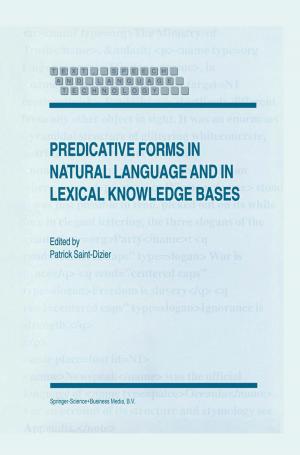The Computational Structure of Life Cycle Assessment
Nonfiction, Science & Nature, Science, Biological Sciences, Environmental Science, Business & Finance, Economics, Nature| Author: | R. Heijungs, Sangwon Suh | ISBN: | 9789401599009 |
| Publisher: | Springer Netherlands | Publication: | April 17, 2013 |
| Imprint: | Springer | Language: | English |
| Author: | R. Heijungs, Sangwon Suh |
| ISBN: | 9789401599009 |
| Publisher: | Springer Netherlands |
| Publication: | April 17, 2013 |
| Imprint: | Springer |
| Language: | English |
Life Cycle assessment (LCA) is a tool for environmental decision-support in relation to products from the cradle to the grave. Until now, more emphasis has been put on the inclusion quantitative models and databases and on the design of guidebooks for applying LCA than on the integrative aspect of combining these models and data. This is a remarkable thing, since LCA in practice deals with thousands of quantitative data items that have to be combined in the correct manner. For this, one needs mathematical rules and algorithmic principles for carrying out an LCA.
This book presents the first coherent treatment of the mathematical and algorithmic aspects of LCA. These computational aspects are presented in matrix form, so that a concise and elegant formulation is achieved. This form, moreover, provides a platform for further extension of analysis using perturbation theory, structural theory and economic input-output analysis.
Life Cycle assessment (LCA) is a tool for environmental decision-support in relation to products from the cradle to the grave. Until now, more emphasis has been put on the inclusion quantitative models and databases and on the design of guidebooks for applying LCA than on the integrative aspect of combining these models and data. This is a remarkable thing, since LCA in practice deals with thousands of quantitative data items that have to be combined in the correct manner. For this, one needs mathematical rules and algorithmic principles for carrying out an LCA.
This book presents the first coherent treatment of the mathematical and algorithmic aspects of LCA. These computational aspects are presented in matrix form, so that a concise and elegant formulation is achieved. This form, moreover, provides a platform for further extension of analysis using perturbation theory, structural theory and economic input-output analysis.















